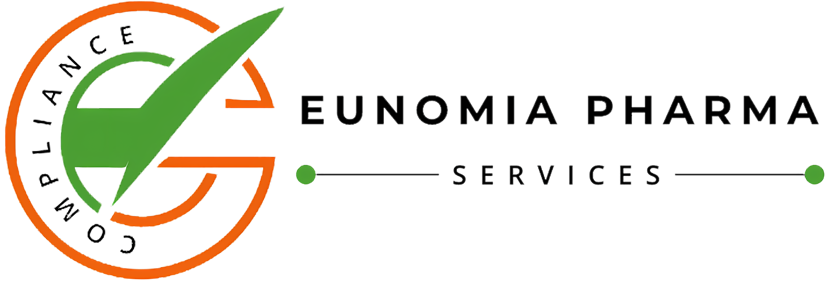Healthcare is one of the most highly regulated industries in the world—and for good reason. Patient safety, ethical engagement, and regulatory integrity are non-negotiable. Yet for pharma, biotech, and healthcare organizations, staying ahead of increasingly complex and evolving regulations is a constant challenge. Global frameworks, digital transformation, and cross-border operations mean compliance requirements are continually shifting, and even small missteps can carry significant consequences.
At Eunomia, we navigate these challenges daily with our pharma clients. The encouraging news? With the right combination of clear governance, practical processes, and a strong compliance culture, adherence to regulations can move from being a burden to a strategic advantage. Below, we highlight ten of the most pressing healthcare compliance challenges and offer practical approaches to address them.
1. Promotional Compliance & Material Review
Pharma promotional materials—whether digital, print, or in-person presentations—are under intense regulatory scrutiny. Every claim must be accurate, balanced, and backed by data, while also complying with codes such as ABPI in the UK and EFPIA in Europe. With fast-moving marketing demands, review teams are often stretched, increasing the risk of delays or, worse, non-compliant content reaching the market.




